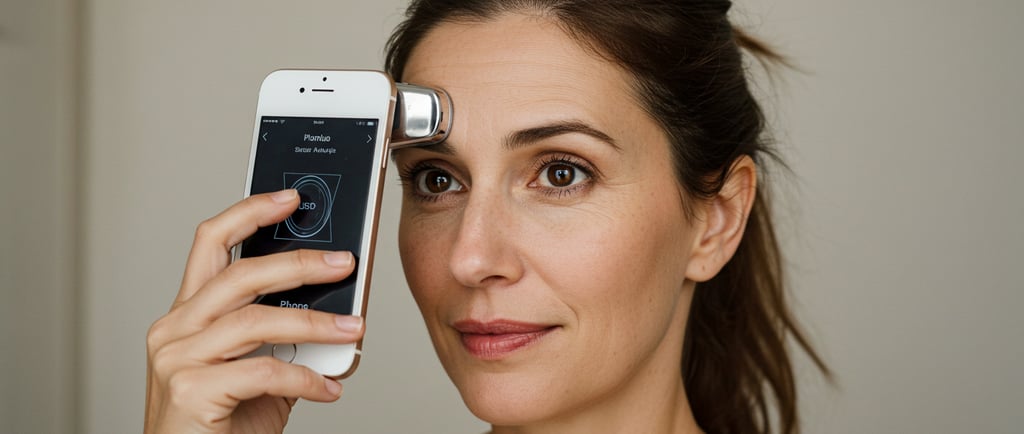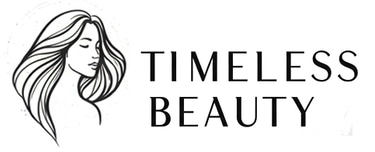AI Skin Analysis Tools: Smart Tech 2025
Discover how smart tech 2025 is revolutionizing skin analysis technology and complexion mapping. Explore innovative tools that enhance your skincare routine and provide personalized solutions for healthier skin.
TRENDS AND INNOVATIONS
5/12/20253 min read


Artificial intelligence has officially slipped into your bathroom cabinet. In 2025, a selfie (or a quick scan in a smart mirror) can decode wrinkles, pigment, hydration, even the proteins driving future sag—and then generate a routine that claims to fix it. Below, we break down what AI skin analysis does, the standout tools leading the charge, and the caveats dermatologists still insist you keep in mind.
What Is AI Skin Analysis?
The software uses computer‑vision algorithms trained on millions of annotated facial images and dermatology data. It measures everything from pore size to melanin distribution, compares your metrics to age‑matched databases, and spits a personalized report, often paired with product or treatment recommendations. Systems like Perfect Corp’s Skin Diagnostic now hit 95 % test–retest reliability, meaning the same face, same lighting, returns almost identical scores on repeat scans.
The 2025 Standouts
Tool: L’Oréal Skin Genius
How It Works: Smartphone scans rates firmness, pores, dark spots, then offers a tailored routine and coupon code.
Why It Matters: Brings derm‑level triage to drug‑store budgets.
Tool: Neutrogena Skin360
How It Works: Combines selfie analysis with questionnaire data to set “skin goals” and track progress over time.
Why It Matters: Gamifies good habits; perfect for routine‑driven users.
Tool: Perfect Corp AI Skin Diagnostic
How It Works: Detects 15 concerns—from droopy eyelids to oiliness—via any front‑facing camera; licensed by spas and tele‑derm apps.
Why It Matters: 95 % accuracy validated in peer review; powers in‑store kiosks worldwide.
Tool: mirrAR SkinScanner
How It Works: A Retail plug‑in that overlays live AR call‑outs of dry areas or redness and links each issue to SKU‑specific fixes.
Why It Matters: Converts analysis straight into cart clicks—huge for e‑commerce.
Tool: L’Oréal Cell BioPrint (CES 2025)
How It Works: Table‑top “lab‑on‑a‑chip” reads skin‑surface proteins in five minutes to predict biological skin age.
Why It Matters: First consumer device to merge AI with real‑time proteomics.
Tool: Amorepacific Smart Mirror
How It Works: Dual optical + contact sensors deliver layered diagnostics, then sync with home LED therapy devices.
Why It Matters: Shows where tech is heading: scan, treat, track—all in one.
Tool: The Inkey List Acne Analyser PRO
How It Works: Uses AI heat‑mapping to grade acne severity and build ingredient roadmaps.
Why It Matters: Democratizes basic derm triage for breakout‑prone users.
Tool: Skin Analytics DERM
How It Works: CE‑marked tool that flags suspicious moles and routes images to dermatologists.
Why It Matters: Medical‑grade safety net that may reduce unnecessary biopsies.
Benefits You’ll Feel
Hyper‑personalization – Tools adjust recommendations as your skin or climate changes, avoiding one‑size‑fits‑all regimes.
Early detection – Some platforms now flag pre‑clinical issues such as UV‑induced redness long before human eyes would notice.
Budget efficiency – Fewer blind buys; more targeted spends backed by data.
Real‑World Limits
Lighting & camera quality matter: uneven light can skew wrinkle depth or redness scores.
Data privacy: always check if images are stored or anonymized.
Humans still rule: AI can’t palpate lesions, feel texture, or interpret systemic symptoms—see a dermatologist for anything suspicious.
What’s Next?
Expect multi‑omics (think DNA + microbiome + proteome) to layer onto image analysis, giving a 360° view of skin health, and regulators will likely mandate clearer disclaimers as medical‑adjacent claims grow. CES 2025 already hinted at this convergence with hybrid devices like Cell BioPrint and Amorepacific’s two‑step mirror.
AI skin tools are no longer novelty apps; they’re fast becoming the first step in how we shop, prep, and even medically monitor our skin. Used wisely—alongside professional advice—they can save you money, catch issues early, and tailor routines down to the peptide. Used blindly, they’re just another filter. The future of great skin, as always, sits somewhere in the middle: smart tech plus smart humans.
